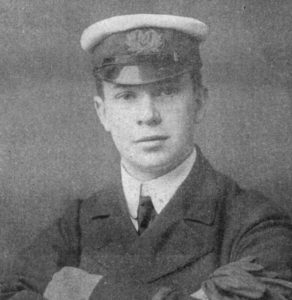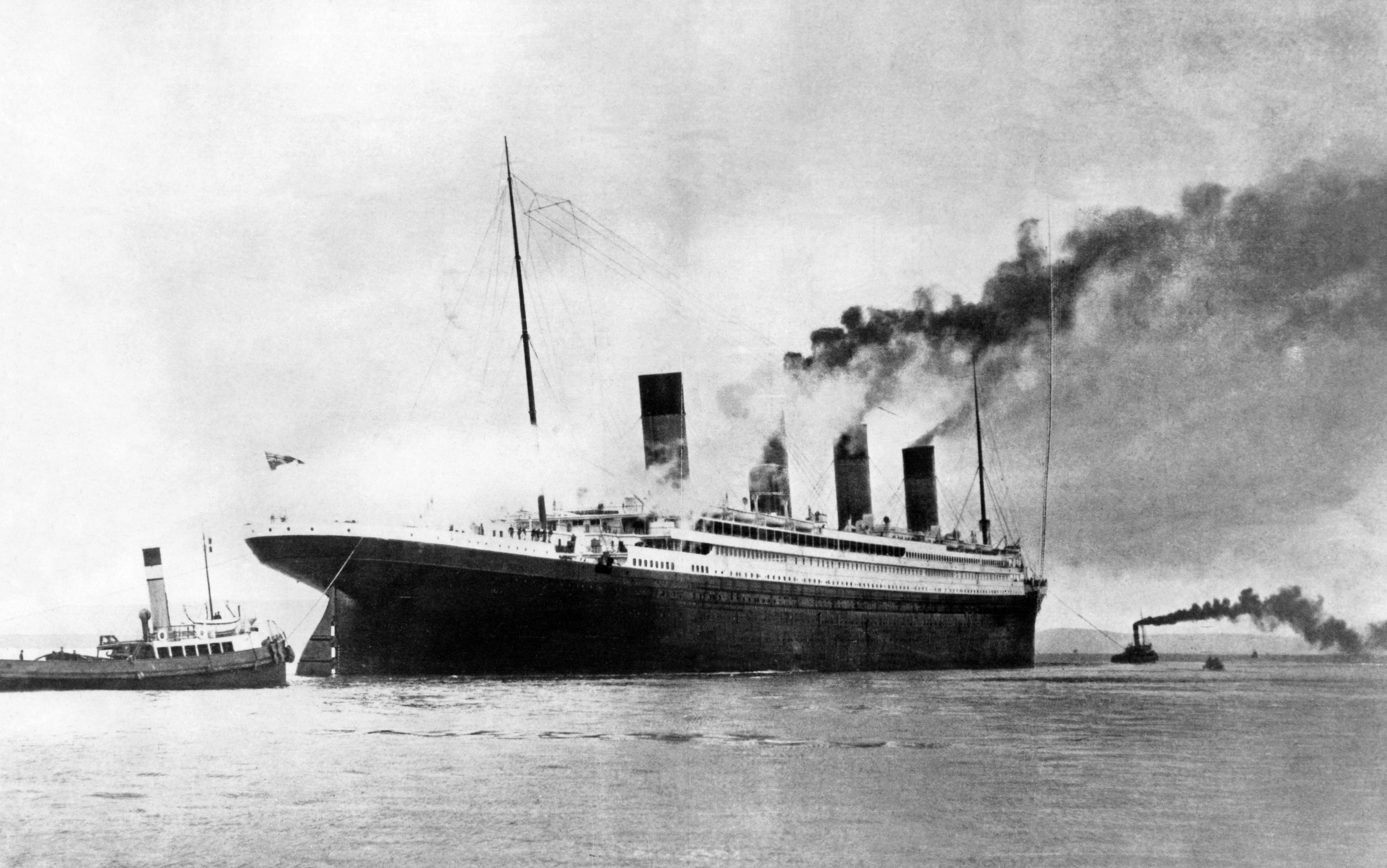“Come at once. We have struck a berg. It’s a CQD, old man,” Jack Phillips famously called out to the RMS Carpathia moments after the RMS Titanic collided with an iceberg in the late hours of April 14, 1912.
“We have struck an iceberg and sinking by the head,” Phillips crackled over the airwaves to the ship Frankfurt.

In the coming months, the Washington Post reports, relic hunters seek to retrieve the Titanic radio that relayed the final communications from the doomed ship.
RMS Titanic Inc., “the Atlanta-based company with the sole rights to salvage artifacts from the shipwreck, is seeking a court’s permission for its ‘surgical removal and retrieval,’” according to the Post, so that “the rusted device could be restored, meaning “Titanic’s radio — Titanic’s voice — could once again be heard.”
For 160 minutes the behemoth “unsinkable” ship slipped farther and farther into the icy ocean. Desperate and terrified passengers said goodbye to loved ones as families were separated. An estimated 1,517 people died; 705 survived.
Since the first dive in 1987, 5,500 items have been retrieved, but time is of the essence with the Marconi wireless radio set. Housed in a soundproof compartment on the topmost deck, iron-eating bacteria and saltwater corrosion is working rapidly to “potentially bury forever the remains of the world’s most famous radio,” Titanic expert Parks Stephenson wrote in a federal court filing this past week. A recent dive found that due to the rapid deterioration of the room and the radio itself, the retrieval would have to be conducted within a year at the latest.
The court filing is sure to be controversial. No item from inside the vessel has ever been removed, with previous expeditions only collecting scattered debris from around the ship and seabed.
One of the ship’s last survivors, the late Millvena Dean, said in a 2000 interview, “I think the ship should be left in peace…Any bits and pieces that have come out from the ship on the seabed — that is all right. But to go on the ship — no, that is all wrong.” Dean was 9 weeks old weeks old when the Titanic sank.
The RMS Titanic Inc. President Betton Hunchak, however, belied that the recovery of the radio would be limited in scope, telling the Telegraph, “It’s not some kind of Trojan horse so that we can start grabbing suitcases full of diamonds from the wreck. This is a careful, surgical operation to rescue a historically significant item so it can teach future generations about the story of Titanic.”
The fascination with the tragic ship and the legacy of heroism by Jack Phillips, who did not survive the sinking, has endured for over a century. Harold Bride, the junior wireless operator, later told the New York Times that he would “never live to forget the work of Phillips during the last awful 15 minutes.”
The radio is proof of that bravery.

